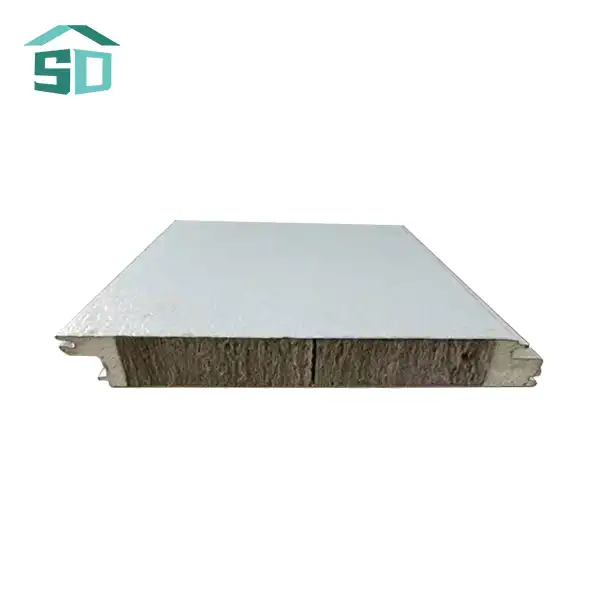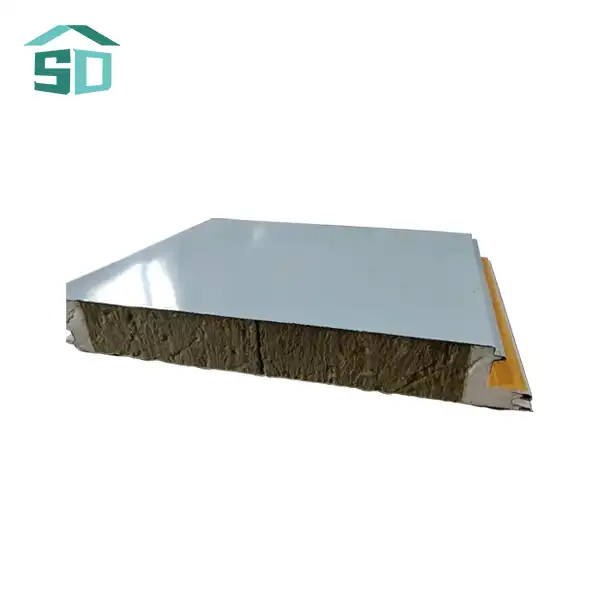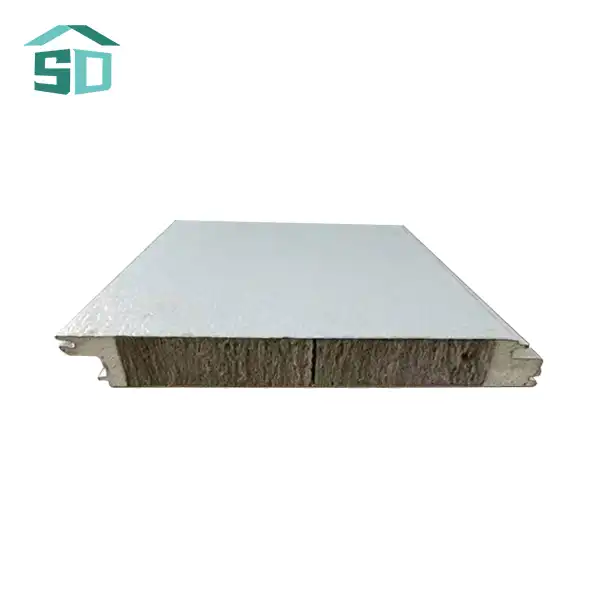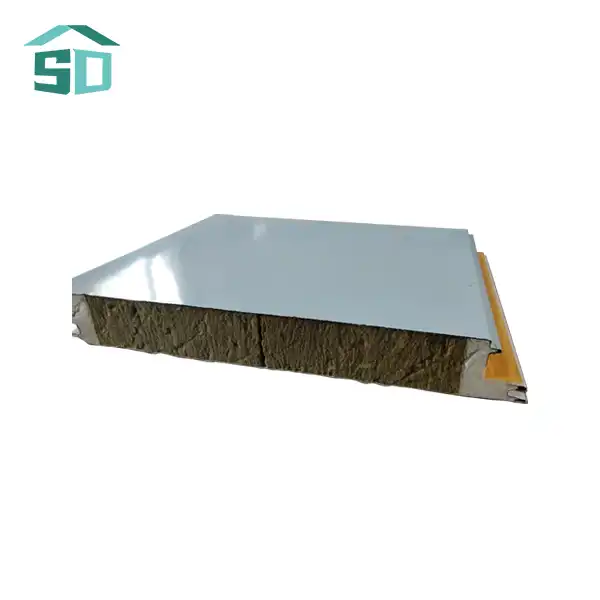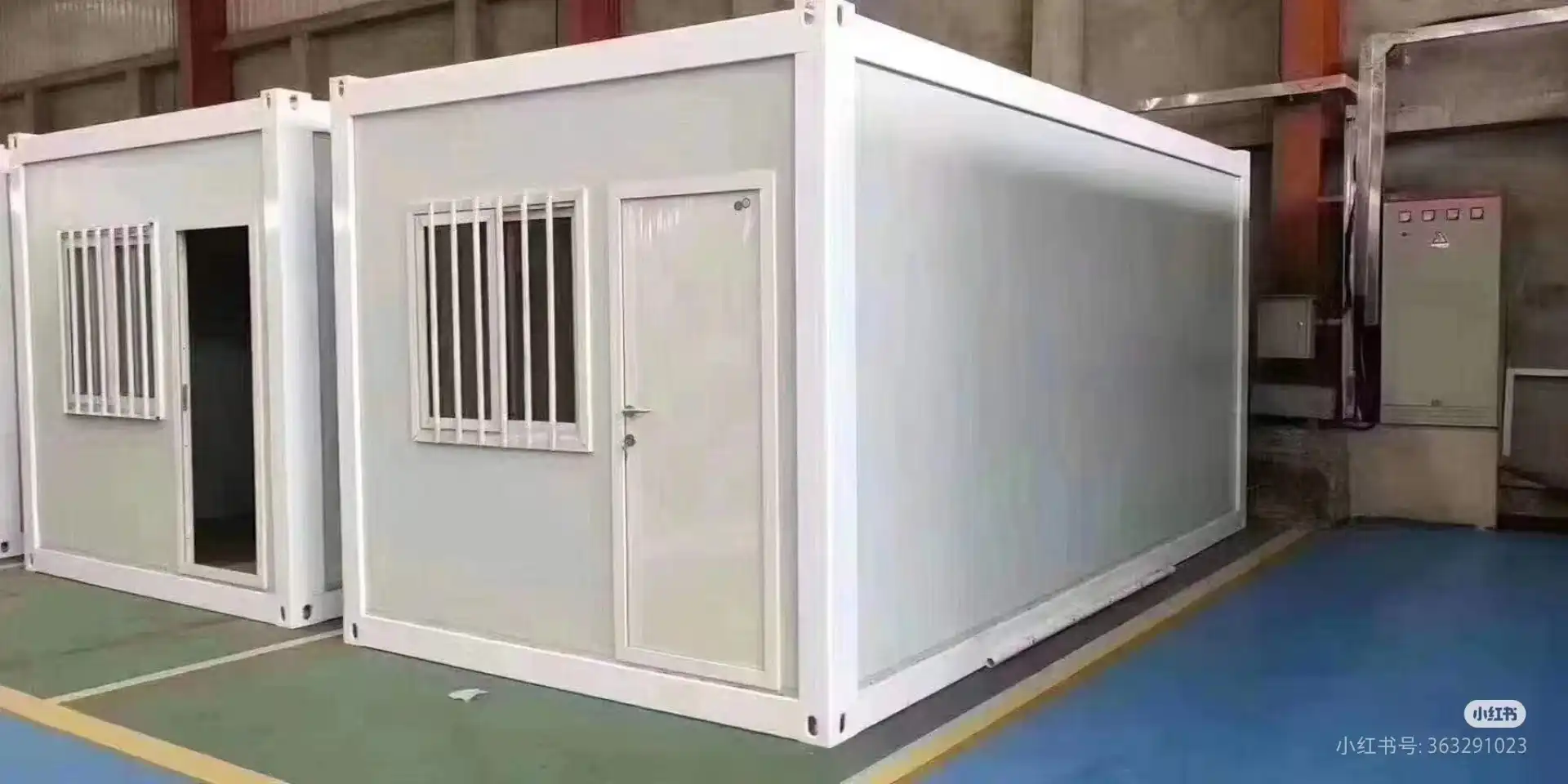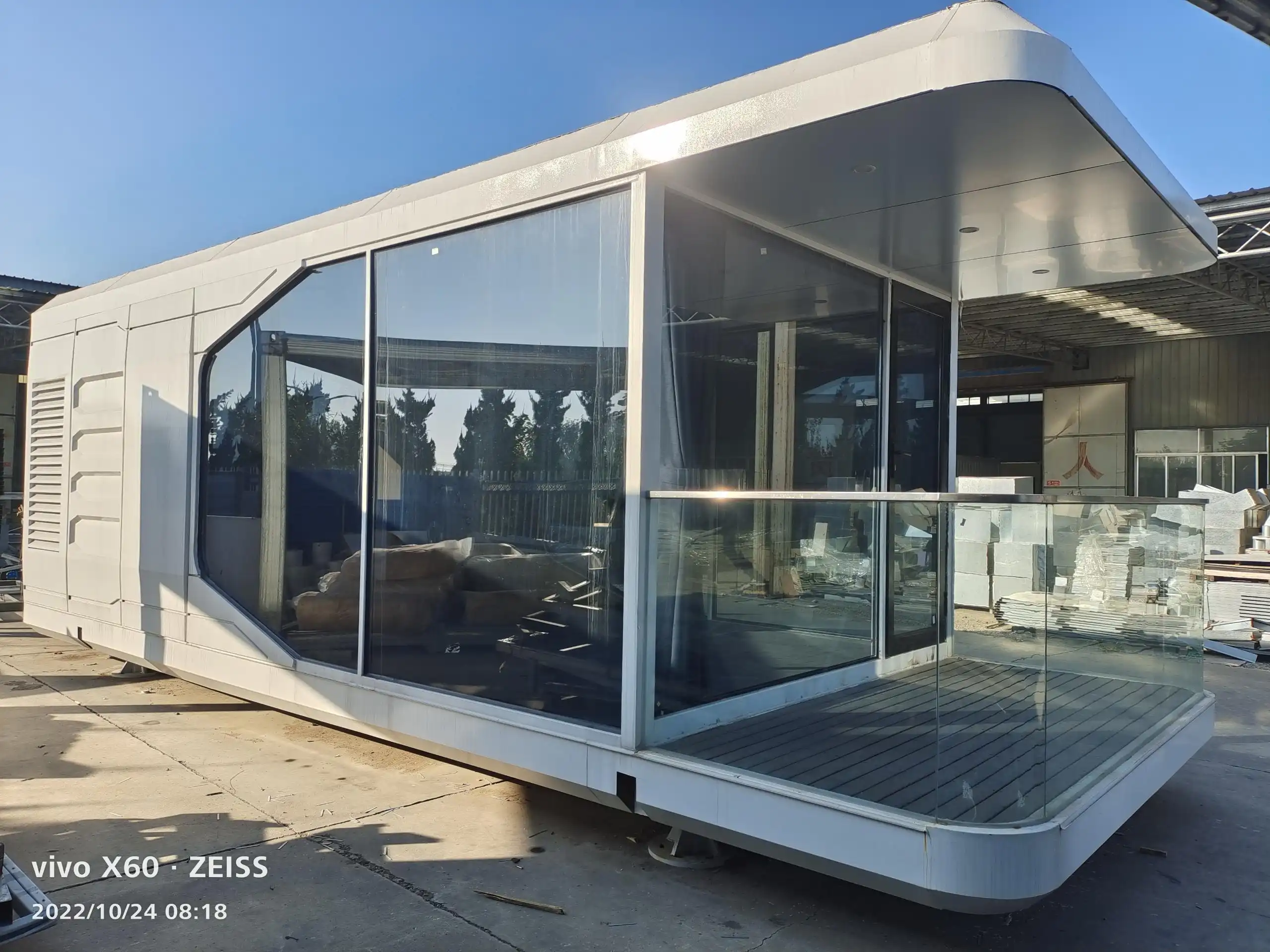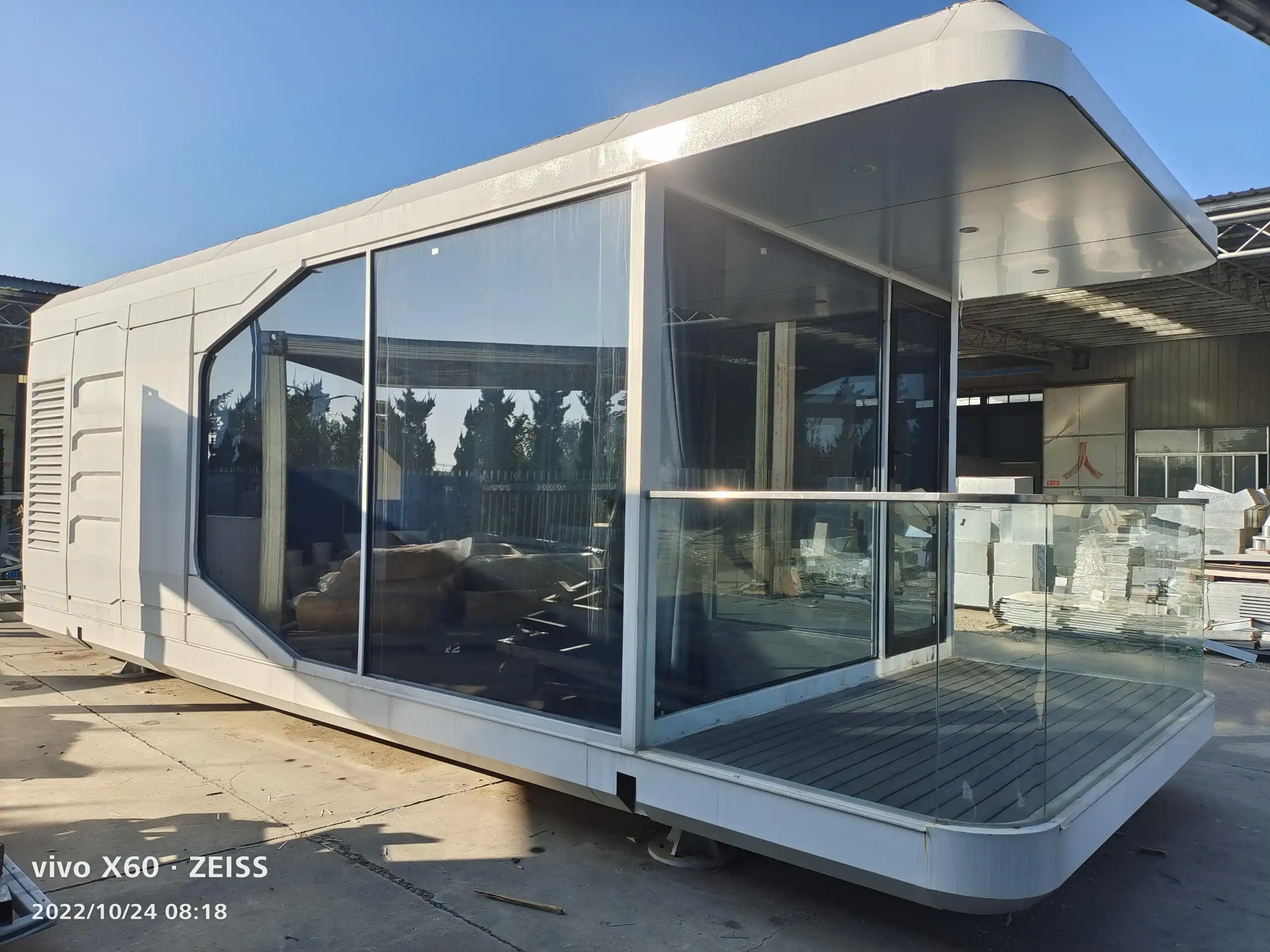Understanding the Importance of Weather-Resistant External Wall Cladding
External wall cladding plays a crucial role in safeguarding buildings against the elements. It acts as a protective shield, defending the structure from rain, snow, wind, and sun exposure. High-quality cladding materials are engineered to withstand extreme weather conditions, ensuring the longevity and integrity of your building.
Enhanced Durability and Longevity
Weather-resistant external wall cladding is designed to combat the detrimental effects of harsh environmental factors. Advanced materials like aluminum and stainless steel offer exceptional durability, resisting corrosion and maintaining their appearance over time. This resilience translates to reduced maintenance requirements and extended lifespan for your building's exterior.
Improved Thermal Performance
Modern external wall cladding systems often incorporate insulation materials such as polyurethane, polystyrene, rock wool, or glass wool. These insulating layers contribute significantly to the building's thermal efficiency, helping maintain comfortable indoor temperatures regardless of external weather conditions. By reducing heat transfer, insulated cladding can lead to substantial energy savings in both heating and cooling costs.
Aesthetic Versatility
Weather-resistant cladding doesn't compromise on style. With a wide range of colors, textures, and finishes available, external wall cladding offers endless possibilities for customization. From sleek, modern designs to traditional looks, cladding can be tailored to complement any architectural style while providing robust protection against the elements.
Top Materials for Weather-Resistant External Wall Cladding
Selecting the right material for your external wall cladding is crucial for ensuring optimal performance in various weather conditions. Let's explore some of the most effective options available:
Aluminum Cladding
Aluminum stands out as a top choice for weather-resistant external wall cladding due to its lightweight yet exceptionally durable nature. This makes it ideal not only for new constructions but also for renovation projects. Aluminum cladding provides superior resistance to corrosion, which is especially important in coastal regions where high salt content in the air can accelerate material degradation. Additionally, its non-combustible properties enhance the overall fire safety profile of any building, making it a reliable and long-lasting option.
Steel Cladding
Steel cladding offers robust protection against harsh and severe weather conditions, making it a popular material for external walls. Known for its high strength, steel can easily withstand strong winds, heavy rainfall, and even hailstorms. Modern steel cladding often features advanced protective coatings that significantly improve its weather resistance and extend its lifespan. Moreover, steel's versatility allows it to be used in a wide range of architectural designs, from sleek, modern aesthetics to classic, traditional styles.
Composite Cladding
Composite cladding materials provide an excellent balance of durability, appealing aesthetics, and environmental sustainability. Typically, these panels are made by combining recycled wood fibers with high-performance resins, creating a product that resists moisture, UV damage, and temperature changes effectively. Composite cladding can replicate the natural look of wood while offering much better weather resistance and requiring less maintenance. This makes it an attractive option for homeowners seeking a blend of beauty and practicality in their exterior walls.
Installation and Maintenance of Weather-Resistant External Wall Cladding
Proper installation and maintenance are key to maximizing the performance and longevity of your external wall cladding. Here's what you need to know:
Professional Installation
To ensure optimal performance, weather-resistant should be installed by experienced professionals. The installation process typically involves:
- Thorough surface preparation to ensure a clean, dry base
- Installation of a suitable mounting framework
- Secure attachment of cladding panels using appropriate hardware
- Application of sealants at joints and seams to prevent moisture ingress
- Final inspection to verify proper alignment and fitting
Professional installation not only ensures the cladding's effectiveness but also maintains warranty validity.
Regular Maintenance
While weather-resistant cladding is designed for durability, regular maintenance can further extend its lifespan and preserve its appearance. Maintenance tasks typically include:
- Periodic cleaning to remove dirt and debris
- Inspection for any signs of damage or wear
- Prompt repair of any identified issues
- Reapplication of protective coatings as recommended by the manufacturer
By adhering to a regular maintenance schedule, you can ensure your external wall cladding continues to provide optimal protection and maintains its aesthetic appeal for years to come.
Long-Term Benefits
Investing in high-quality, weather-resistant external wall cladding offers numerous long-term benefits. These include:
- Reduced energy costs due to improved insulation
- Lower maintenance and repair expenses over time
- Enhanced property value through improved aesthetics and durability
- Increased building lifespan by protecting structural elements from weather damage
When considering the long-term value, weather-resistant external wall cladding proves to be a cost-effective solution for building protection and enhancement.
Conclusion
Weather-resistant external wall cladding is an indispensable component for buildings facing diverse climate conditions. By choosing high-quality materials and ensuring proper installation and maintenance, you can significantly enhance your building's durability, energy efficiency, and aesthetic appeal. Whether you opt for aluminum, steel, or composite cladding, the investment in weather-resistant external wall cladding will pay dividends in the form of long-lasting protection and reduced maintenance costs.
For more information on selecting the best external wall cladding for your specific needs or to explore our range of weather-resistant cladding solutions, please don't hesitate to contact us at info@sdqsc.com. Our team of experts is ready to assist you in finding the perfect cladding solution to protect and enhance your building for years to come.
